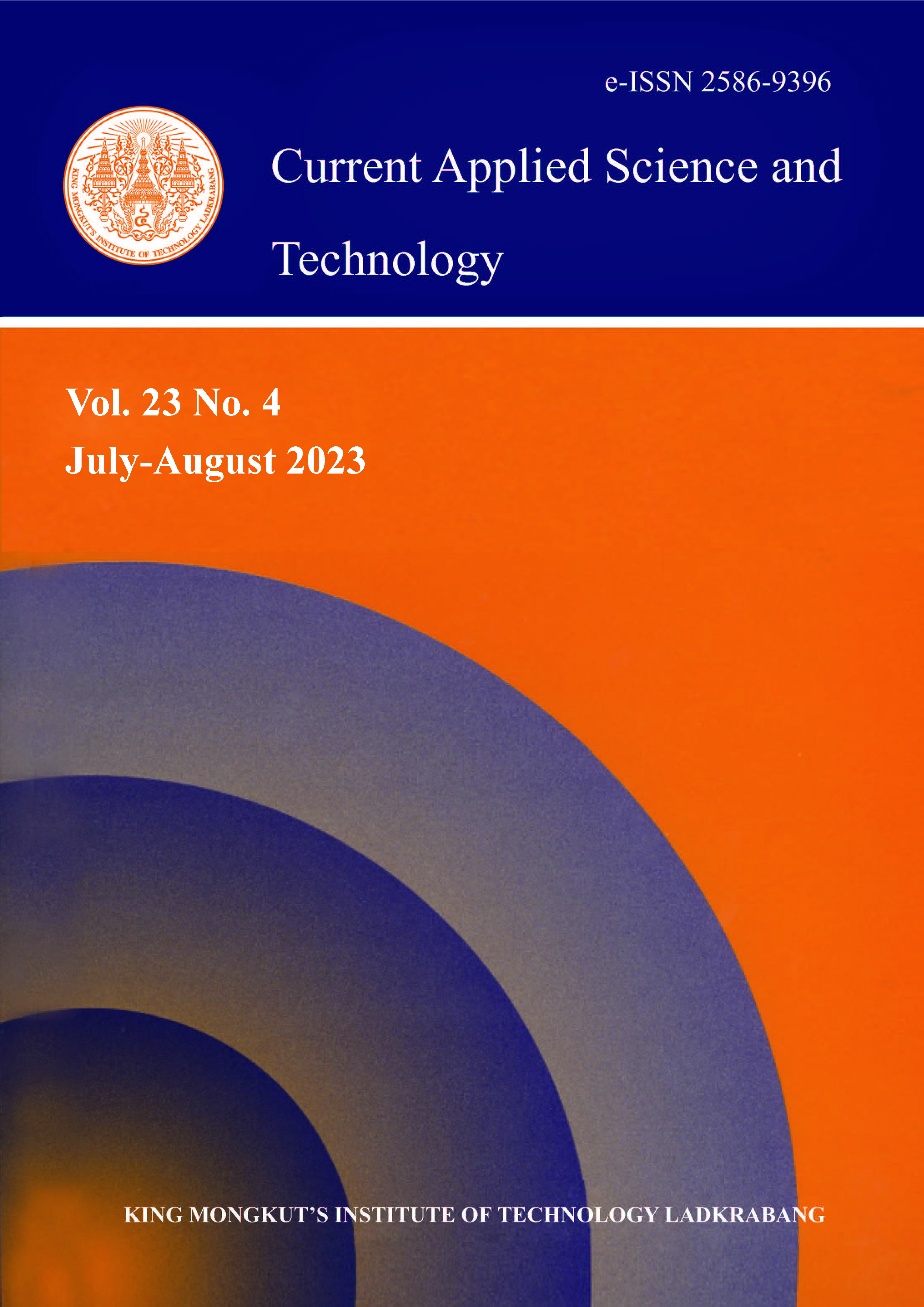This research involved synthesizing two compounds as derivatives of 2-naphthol by the classical method. The azo coupling compound was prepared via diazonium salt of 4-amino acetophenone followed by 2-naphthole. The azo-Schiff molecule was synthesized through condensation of an azo compound with 5-amino salicylic acid in an acidic medium. Using spectrum approaches, the new compounds are characterized (13C-NMR, 1H-NMR, FT-IR). The acid-base characteristics were investigated at various pH levels (0.67-12), and the ionization and protonation constants were determined. Spectroscopic methods were used to identify new copper (II), nickel (II), and cobalt (II) complexes of the azo-Schiff base ligand. All the compounds were evaluated for antibacterial activity against bacteria such as Staphylococcus aureus (Gram-positive bacteria) and Escherichia coli (Gram-negative bacteria). It was found that the coordination complexes of Cu and Co had an antibacterial effect on both concentrations against Staphylococcus aureus.
Keywords: azo; schiff base; spectrophotometric studies; ıonization constant; complexes; antibacterial evaluation
*Corresponding author: E-mail: aliphd256@gmail.com
Alabidi, H. M. ., Farhan, A. undefined. M. ., Salh, N. undefined. S. ., & Aljanaby*, A. undefined. A. J. . (2023). New Azo-Schiff Compounds and Metal Complexes Derived from 2-Naphthol Synthesis, Characterization, Spectrophotometric, and Study of Biological Activity. CURRENT APPLIED SCIENCE AND TECHNOLOGY, DOI: 10.55003/cast.2022.04.23.007 (14 pages). https://doi.org/10.55003/cast.2022.04.23.007


https://cast.kmitl.ac.th/doi/10.55003/cast.2022.04.23.007